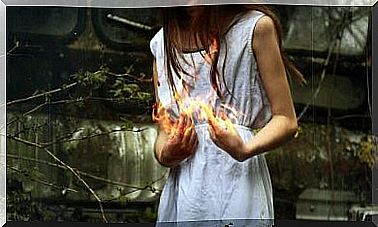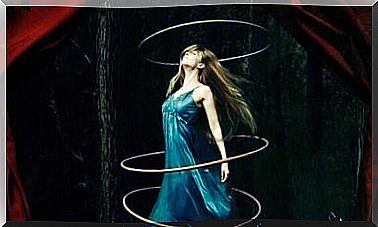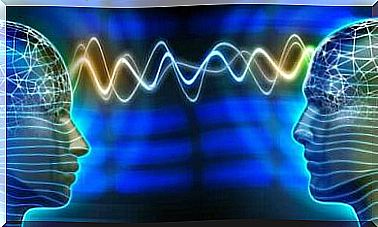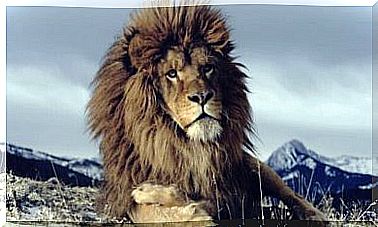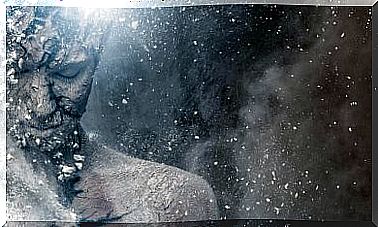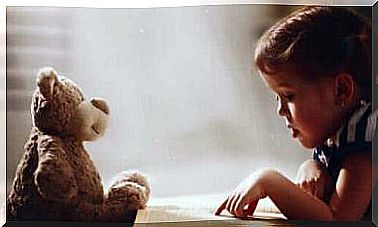Frontal Lobe: Structure And Functions
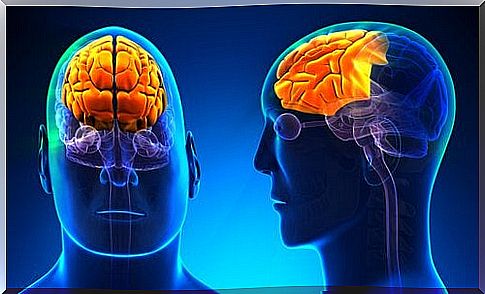
The nervous system (SN) is an enormously complex network of neurons and glial cells that determines our behaviors, thoughts and emotions. The nerve units, in order to fulfill their function, are grouped into larger structures, and each of these groups makes its own contribution to this complex mechanism. One of the most notable structures of the SN is the brain , which is divided into a series of substructures called lobes; among these is the frontal lobe, which we talk about in this article.
First of all, it is necessary to know that the different lobes are delimited by a division of the cerebral cortex , which depends on the role they play in the different processes and on their position. Assuming that the brain is the earth, the lobes would be comparable to the continents.
This classification is functional, as it serves as a map to easily locate certain points throughout the brain. The cerebral cortex is composed of 6 functional lobes: frontal, parietal, occipital, temporal, insular and limbic. In this article we will focus on the most relevant of them, the frontal lobe. We will start by highlighting the area it occupies, as this is one third of our cerebral cortex.
Structure and functions of the frontal lobe
The frontal lobe is located in the anterior part of the brain, to be exact in the entire cerebral cortex, starting from the central sulcus. It is considered a very important lobe because it performs fundamental functions in the processing of information, especially those of an executive nature. It is divided into multiple regions which endow it with a wide variety of functions.
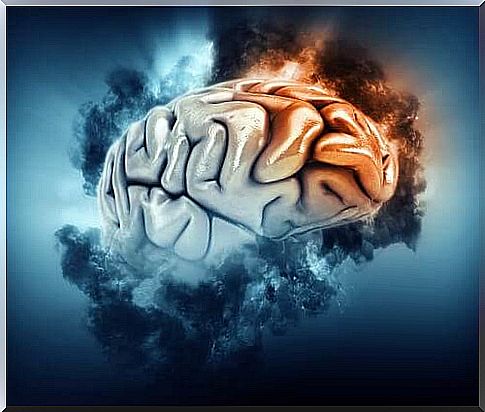
When we group the different functional structures of the frontal lobe, we can speak of two large territories. One of these is the territory corresponding to the motor cortex, which performs the functions of a motor nature; the other territory is the prefrontal cortex, responsible for executive and decision-making processes and for the various aspects relating to the management of emotions.
Motor cortex
The motor cortex of the frontal lobe is responsible for the body’s effector systems. Thanks to it we can perform the whole range of voluntary motor acts. This structure is responsible for both planning the movement and transmitting the orders to the muscles to activate them. It is important to clarify that this cortex is responsible only for voluntary movements, while the involuntary motor system is found in other structures, such as the basal ganglia and the cerebellum.
There are three areas within the motor cortex that are important to mention:
- The premotor area: responsible for planning and scheduling movements. Before performing any movement, these neurons are responsible for determining which muscles to engage and what steps are required to perform the movement correctly.
- The primary motor area: responsible for the execution of the “scripts” prepared by the premotor cortex. In other words, it triggers the movement action, sending orders to the muscles.
- Broca’s area: responsible for the production of language. Its function is to coordinate the phonological muscles so that the subject can speak. She is also involved in the production of writing.
Prefrontal cortex
In this region we find the executive and information processing system of the brain. The subject’s cognition, behavior and emotional responses depend on the prefrontal cortex of the frontal lobe. It is the mediator between many other brain structures and plays a key role in decision making.
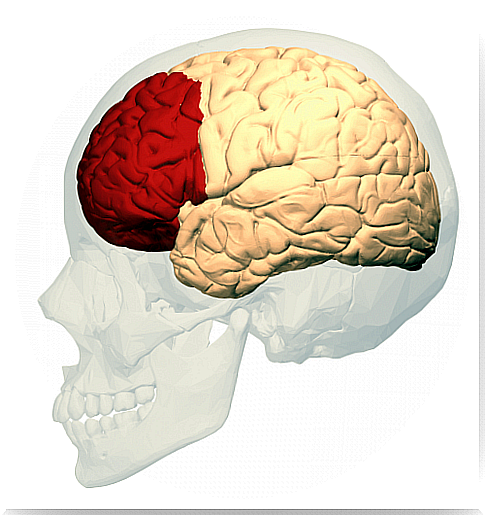
It must be said that executive functions are a set of higher-order cognitive abilities that control our behavior and our emotions, that is, all those processes responsible for management, organization, coordination and “direction”. It can be described as the processor of a computer.
Within this cortex we can distinguish three regions of great functional importance:
- The dorsolateral frontal cortex (CPDL): is connected to the regions of other lobes and transforms thinking into plans, behaviors and decisions. CPDL is closely related to higher psychological processes such as working memory, metacognition, attention control, cognitive flexibility, etc.
- The crawler area: is closely related to the regulation of motivational processes. It is responsible for inhibiting or stimulating the individual to action. He is also responsible for certain processes related to managing and maintaining attention.
- The orbitofrontal cortex: deals with controlling affectivity and social behavior. It intervenes in processing and regulating emotions and affective states, adapting behavior based on the context.
The frontal lobe is one of the most relevant brain structures. Its study, through various neuroscientific techniques, provides us with valuable information. Understanding its structure and functionality brings us closer to understanding our biology and gives us several clues about its relationship with our behaviors, emotions and thoughts.
